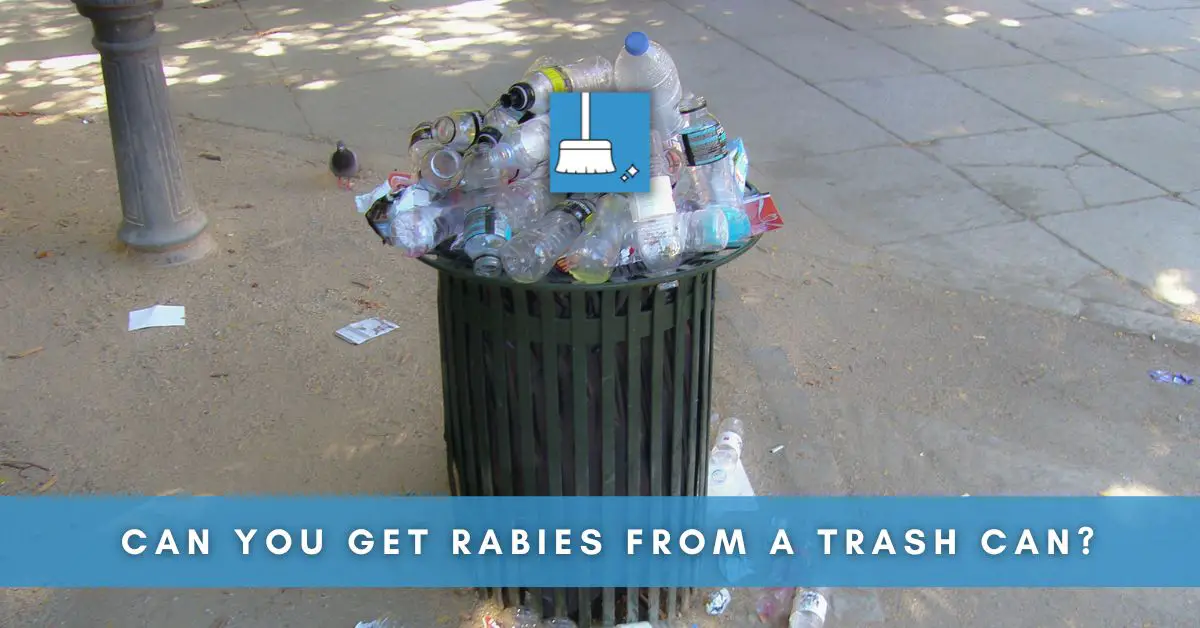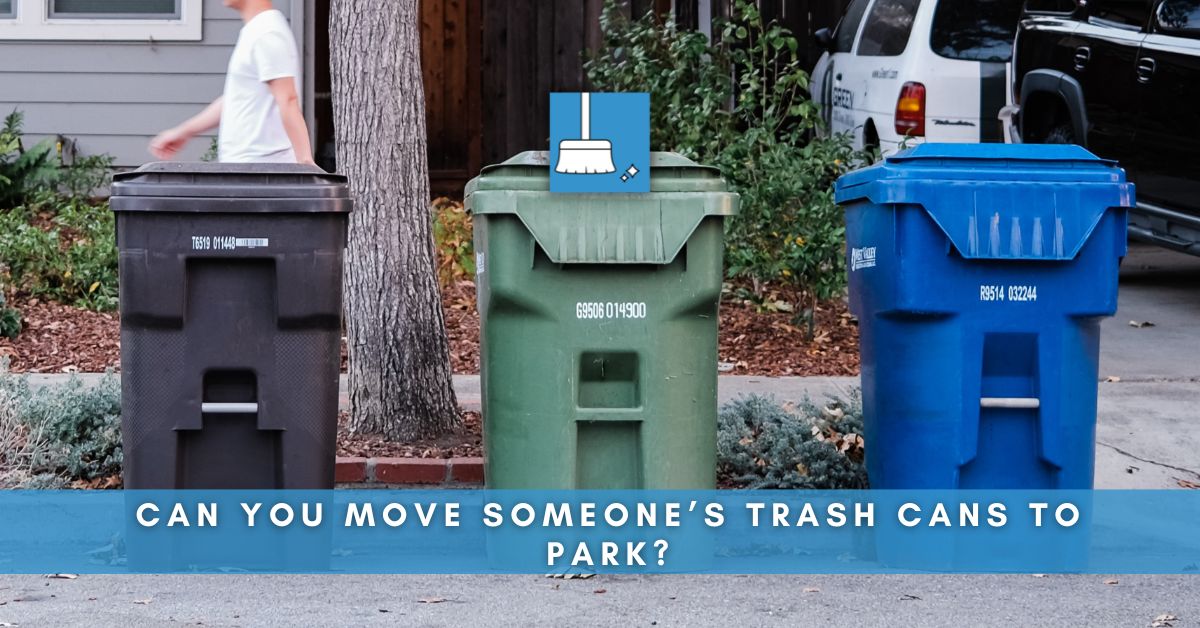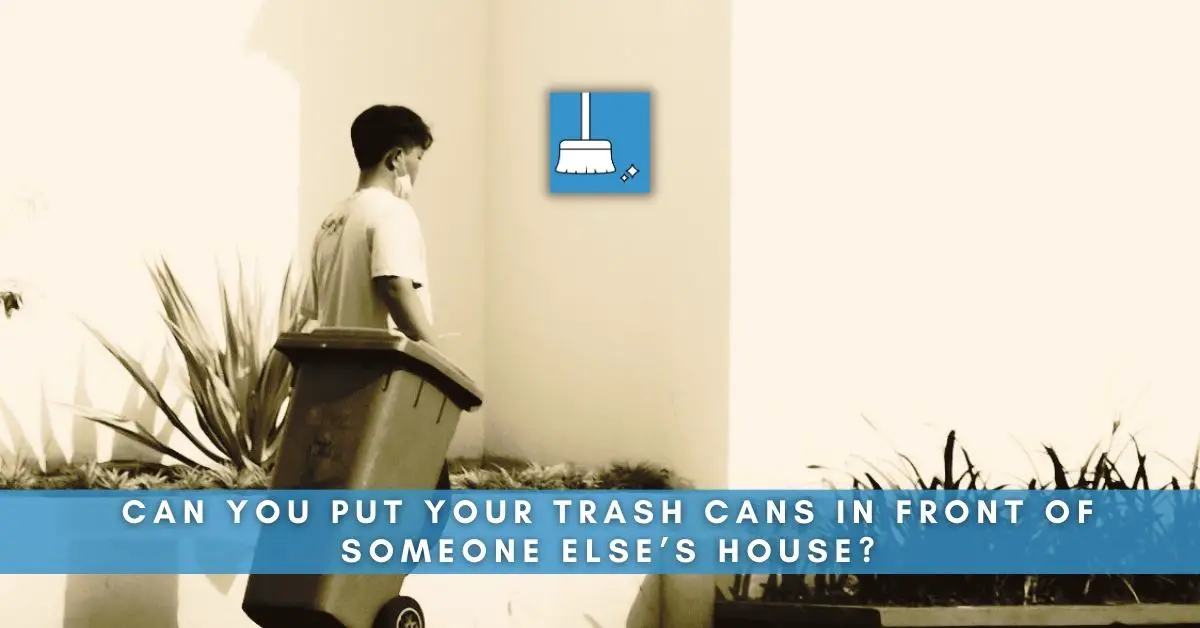Let’s say you find a raccoon or a stray dog rummaging through the discarded remains of someone’s dinner. Your first reaction might be to shoo the animal away, but then a thought stops you in your tracks – could this trash can be a breeding ground for rabies? And are you putting yourself at risk by interacting with this seemingly harmless scene?
Unlikely Transmission Route of Rabies Infection
Rabies is a deadly disease caused by a virus that attacks the central nervous system of mammals, including humans. It is typically transmitted through the bite of an infected animal, such as raccoons, bats, skunks, and foxes. However, it is highly unlikely for someone to contract rabies from a trash can.
That being said, contact with infected saliva from a rabid animal could potentially lead to exposure.
In rare circumstances, an infected animal might leave traces of saliva on a trash can where they were rummaging for food. However, transmission through this route would require direct contact with an open wound or mucous membrane.
To prevent the spread of rabies, it is essential to avoid contact with potentially infected animals and to ensure that pets are vaccinated against the disease.
It is also important to keep trash cans covered to deter animals from rummaging through them. [1][2]
Low Risk of Contracting Rabies from Garbage Bins
Despite the prevalence of raccoons rummaging through garbage bins, the risk of contracting rabies from these encounters is relatively low.
According to the CDC, human cases of rabies in the United States average about two per year, while cases in pets are estimated at 400-500 per year.
Most of these cases occur in wildlife populations rather than domesticated pets, with raccoons currently the top carriers of the virus in the U.S.
As such, it’s always best to take necessary precautions when handling garbage bins, especially if raccoons are frequently spotted in the area.
To minimize the risk of infection from raccoons, homeowners should take steps to secure their garbage cans, such as using tightly sealed lids and sturdy bins. This will deter these animals from accessing waste, thus reducing their contact with humans and domesticated pets.
Regularly disposing of trash and not leaving food leftovers outside can also help keep raccoons at bay. [3]
Canine Rabies Transmission in Open Garbage Dumps
Open garbage dumps (OGDs) can play a significant role in canine rabies transmission, especially in some areas like the Biyem-Assi health district in Cameroon.
A cross-sectional study in the capital city of Cameroon found that the majority of stray dog nutrition places were wild trash dumps (68.1%), followed by markets (18.3%) and houses (13.6%). There was a significant correlation between the feeding behavior of stray dogs and human rabies transmission.
These dogs eventually become carriers of the rabies virus, and their feeding behavior correlates with human rabies transmission. [4]
Rabies Prevention & Treatment Measures
Rabies prevention is crucial in protecting both humans and animals from this deadly disease.
1- One way to prevent rabies is by ensuring that pets receive their rabies vaccinations and wear their rabies identification tags.
This helps in tracking and identifying pets in case they come into contact with rabies-infected animals.
2- Another essential measure is to avoid wildlife in case of your pets and always walk them on a leash.
This prevents them from running loose and potentially being bitten by an animal carrying rabies. For dogs, a yard that is fenced is an ideal option to keep them contained and safe.
3- Being vigilant about waste management is another important aspect of rabies prevention.
Properly disposing of trash and keeping it securely sealed in containers helps to reduce the likelihood of stray and wild animals getting access to food sources, which may lead to increased animal populations and the spread of rabies.
4- It’s essential never to come in contact with unfamiliar or wild animals. [5]
Survival Rate and Severity of Rabies Infection
The survival rate of rabies infection is extremely low, as it is a severe and often fatal disease that attacks the central nervous system. In fact, if a person infected with the rabies virus does not receive treatment before the onset of symptoms, it is highly likely that they will die within a few days.
There is, however, a way to prevent the progression of the disease if treatment is sought immediately after exposure. The rabies vaccine has been shown to be highly effective in preventing the virus from taking hold in the human body. [6]
Conclusion!
While a trash can itself does not cause rabies, improper waste management can contribute to the survival of free-roaming dogs and increase the risk of rabies transmission. Strengthening waste management systems and supporting vaccination efforts for animals are vital in controlling the spread of this deadly disease.





